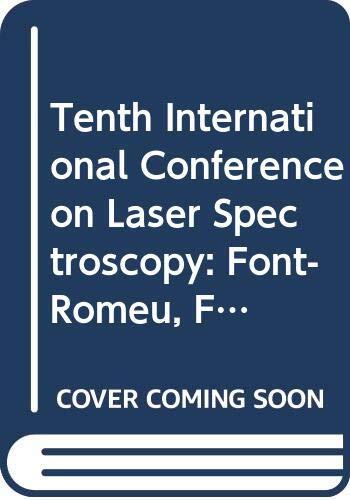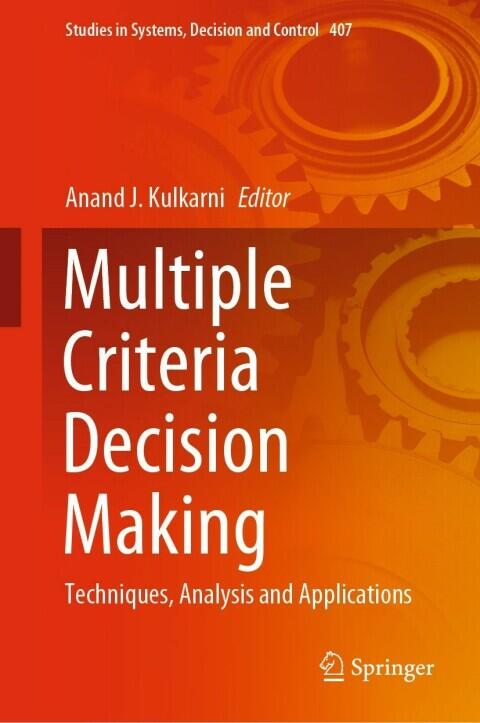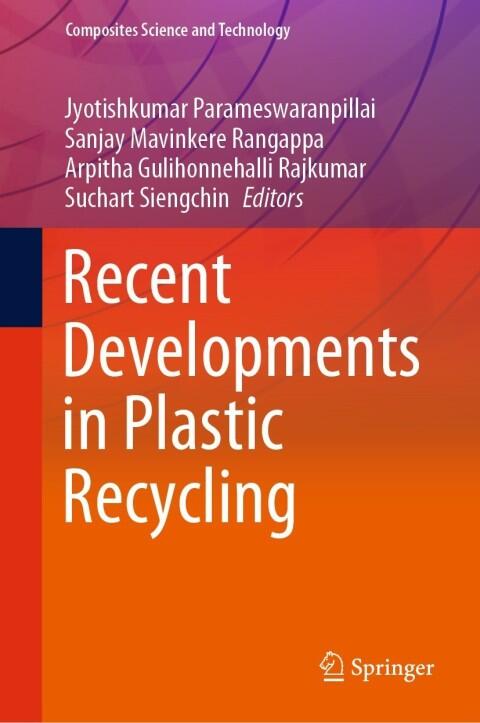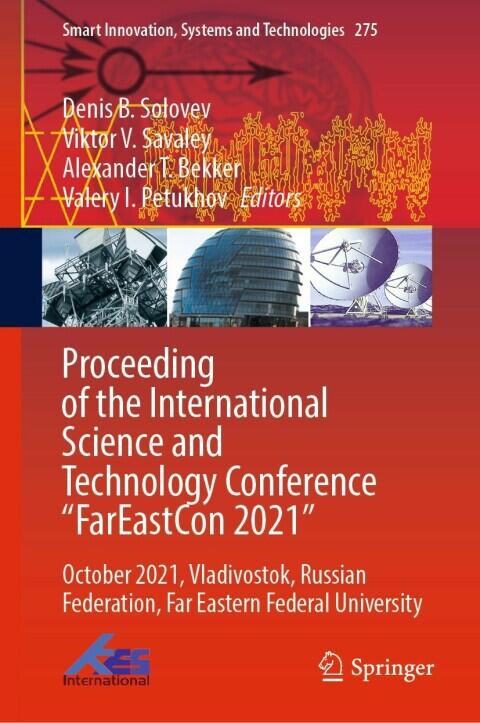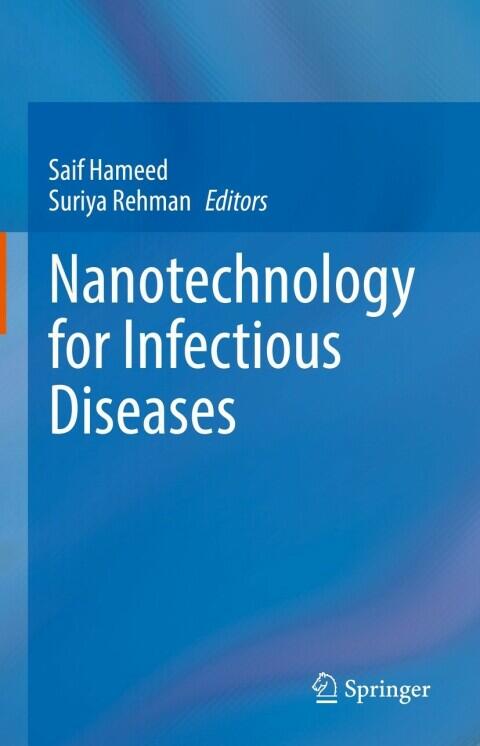
Nanotechnology for Infectious Diseases
بواسطة
Chiara M. Migliori
لا توجد تقييمات بعد
Science & Technology
Health & Wellness
تنسيق
كيندل
صفحات
1,119
لغة
صيني
منشور
Jan 1, 2022
الناشر
Springer
الطبعة
2
رقم ISBN-10
9811691908
رقم ISBN-13
9789811691904
الوصف
Chiara M. Migliori explores a groundbreaking intersection of science as she delves into the applications of nanotechnology in combating infectious diseases. The author meticulously details various nanotechnological innovations that are transforming the landscape of disease prevention and treatment, offering insights into their potential to revolutionize healthcare.
Throughout the chapters, readers are taken on a journey through the complexities of infectious diseases and the advanced materials and methods now available for tackling these persistent challenges. By highlighting specific case studies and research findings, Chiara emphasizes the effectiveness of nanotechnology in enhancing drug delivery systems, improving diagnostics, and even creating robust vaccines.
Migliori’s thorough examinations not only present the scientific principles behind these innovations but also reflect on the ethical implications and future directions of this rapidly evolving field. By bridging the gap between nanotechnology and medicine, she invites readers to consider the profound impact such advancements could have on global health.
Ultimately, the work serves as a vital resource for researchers, students, and professionals interested in the cutting-edge applications of nanotechnology, encouraging further investigation into its role in infectious disease management.
Throughout the chapters, readers are taken on a journey through the complexities of infectious diseases and the advanced materials and methods now available for tackling these persistent challenges. By highlighting specific case studies and research findings, Chiara emphasizes the effectiveness of nanotechnology in enhancing drug delivery systems, improving diagnostics, and even creating robust vaccines.
Migliori’s thorough examinations not only present the scientific principles behind these innovations but also reflect on the ethical implications and future directions of this rapidly evolving field. By bridging the gap between nanotechnology and medicine, she invites readers to consider the profound impact such advancements could have on global health.
Ultimately, the work serves as a vital resource for researchers, students, and professionals interested in the cutting-edge applications of nanotechnology, encouraging further investigation into its role in infectious disease management.













